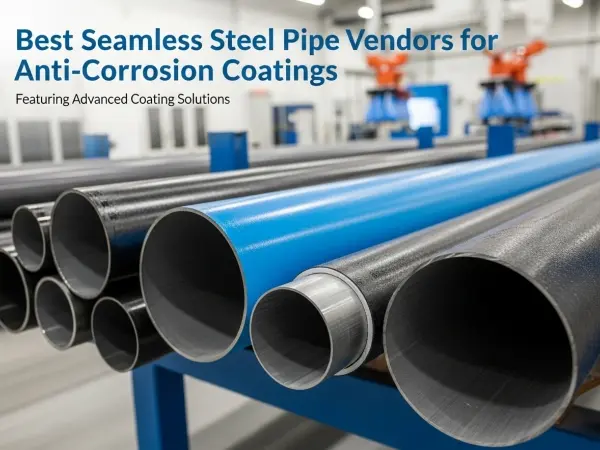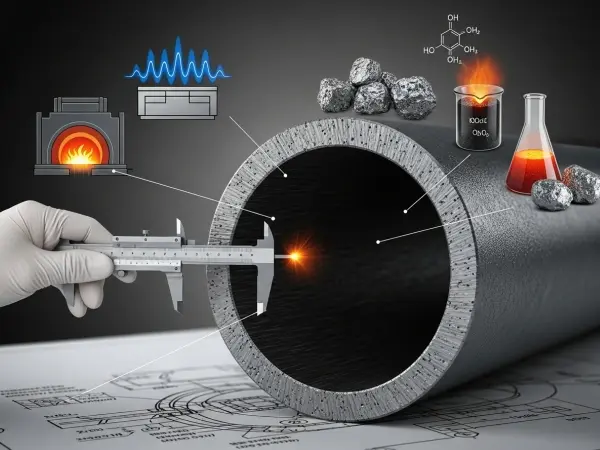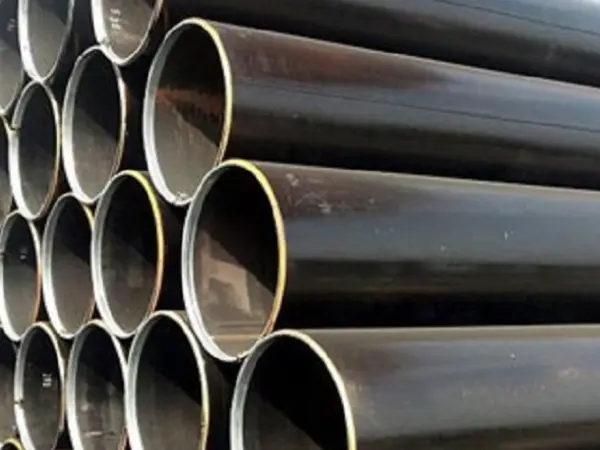
Gas line pipes are crucial for transporting natural gas and propane safely to residential, commercial, and industrial properties. Choosing the right materials and ensuring proper installation are key to preventing leaks, ensuring efficiency, and complying with safety regulations. In this guide, we’ll explore the types of gas line pipes, installation best practices, and maintenance tips.
1. Black Steel Pipes
Black steel pipes are the most common choice for gas lines due to their durability and resistance to high pressure. They are ideal for both indoor and outdoor installations but require proper sealing to prevent corrosion.
2. Corrugated Stainless Steel Tubing (CSST)
CSST is a flexible alternative to rigid pipes, making it easier to install in tight spaces. It’s resistant to corrosion and often used in modern gas line systems. However, proper grounding is necessary to avoid electrical damage.
3. High-Density Polyethylene (HDPE) Pipes
HDPE pipes are lightweight, corrosion-resistant, and ideal for underground gas lines. They are commonly used in municipal gas distribution systems due to their longevity and flexibility.
4. Galvanized Steel Pipes
While galvanized pipes resist rust, they are not typically recommended for gas lines because the zinc coating can flake off and clog gas valves.
1. Follow Local Codes and Permits
Gas line installations must comply with local building codes and often require permits. Hiring a licensed professional ensures compliance with safety standards.
2. Proper Sizing and Pressure Testing
Undersized pipes can lead to pressure drops, while oversized pipes increase costs unnecessarily. After installation, pressure testing ensures there are no leaks.
3. Use the Right Fittings and Sealants
Threaded fittings should be sealed with pipe dope or Teflon tape designed for gas lines. Avoid using materials that degrade over time.
4. Protect Pipes from Corrosion
For underground installations, use protective coatings or cathodic protection to prevent rust. Above-ground pipes should be inspected regularly for wear.
Choosing the right gas line pipe and ensuring proper installation are critical for safety and efficiency. Whether you opt for black steel, CSST, or HDPE, always follow local regulations and work with certified professionals. Regular maintenance will extend the lifespan of your gas line system and prevent hazardous leaks.
By understanding the different types of gas line pipes and best installation practices, you can ensure a reliable and safe gas supply for your home or business.


